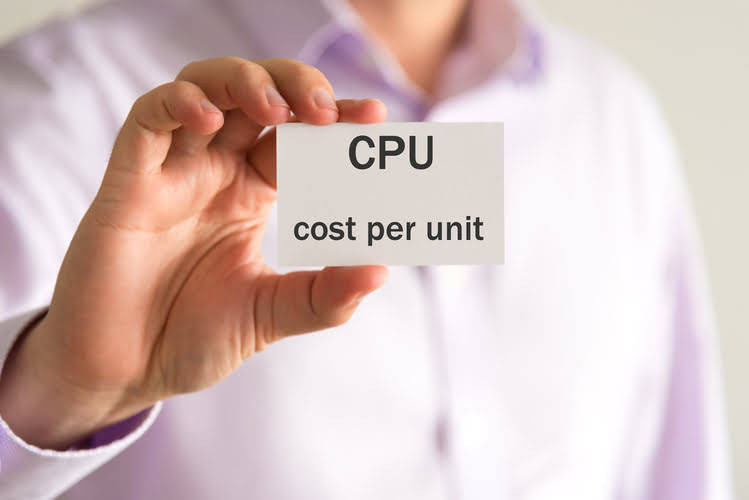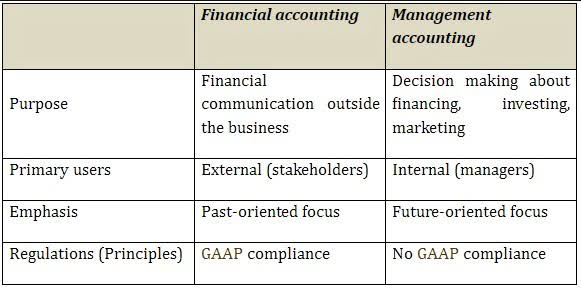
This method also helps to prevent expired products from being sold and encourages businesses to sell older products before newer ones. The main disadvantage of using the FIFO method is that it does not consider specific sales assets = liabilities + equity from inventory batches. This can make it difficult to accurately calculate your profits, as you never know if you are making more money than what the reports show.
Example of LIFO vs. FIFO

The remaining two guitars acquired in February and March are assumed to be unsold. In a period of example of fifo inflation, the cost of ending inventory decreases under the FIFO method. In the FIFO Method, the value of ending inventory is based on the cost of the most recent purchases. Therefore, the value of ending inventory is $92 (23 units x $4), which is the same amount we calculated using the perpetual method.

Peak Season 2024: The top-selling days in e-commerce
- The beginning inventory value directly influences COGS and ending inventory, impacting financial statements.
- Good inventory management software makes it easy to log new orders, record prices, and calculate FIFO.
- If inflation were nonexistent, then all inventory valuation methods would produce the same results.
- However, if inventory has been stagnant for some time, this method may not reflect the actual cost of materials, especially in an inflationary environment.
- Master bulk inventory purchases by optimising supplier negotiation, warehouse capacity and minimising overstock risks.
- Yes, FIFO is still a common inventory accounting method for many businesses.
By the same assumption, the ending inventory value will be the cost of the most recent purchase ($4). When a business buys identical inventory units for varying costs over a period of time, it needs to have a consistent basis for valuing the ending inventory and the cost of goods sold. The FIFO method can result in higher income taxes for a company because there’s a wider gap between costs and revenue.
- LIFO generates lower profits in early periods and more profit in later months.
- Ecommerce merchants can now leverage ShipBob’s WMS (the same one that powers ShipBob’s global fulfillment network) to streamline in-house inventory management and fulfillment.
- For companies, this translates into a constant struggle to maintain orders from various eCommerce channels and other sources to ensure they reach consumers on time.
- Learn proven strategies for inventory controllers and supply chain teams.
- While LIFO produces a lower tax liability, the FIFO method tends to report a higher net income, which can make the company more attractive to shareholders.
What are the benefits of using the FIFO inventory method?
- It can be easy to lose track of inventory, so adopt a practice of recording each order the day it arrives.
- Through the software, we get real-time insight into how much inventory to allocate to a specific warehouse, our current on-hand inventory levels, and how long each SKU is going to last by location.
- First, we add the number of inventory units purchased in the left column along with its unit cost.
- Bill sells a specific model of a toaster on his website for $12 apiece.
- Not only is net income often higher under FIFO, but inventory is often larger as well.
- Contact Omniful today to discover how our comprehensive OMS and WMS solutions can streamline inventory management and financial reporting.
When sales are recorded using the FIFO method, the oldest inventory—that was acquired first—is used up first. FIFO leaves the newer, more expensive inventory in a rising-price environment, on the balance sheet. As a result, FIFO can increase net income because inventory that might be several years old—which was acquired for a lower cost—is used to value COGS. However, the higher net income means the company would have a higher tax liability. A company might use the LIFO method for accounting purposes, even if it uses FIFO for inventory management purposes (i.e., for the actual storage, shelving, and sale of its merchandise).

Does IFRS Permit LIFO?
- How do companies work out the real costs of their amazing products before selling them?
- Let’s break down how FIFO and LIFO fundamentally change how you value and track inventory costs.
- When a company selects its inventory method, there are downstream repercussions that impact its net income, balance sheet, and its requirements for tracking inventory.
- Typical economic situations involve inflationary markets and rising prices.
- Some companies choose the LIFO method because the lower net income typically leads to lower income taxes.
- Again, these are short-term differences that are eliminated when all of the shirts are sold.
- The cost of the newer snowmobile shows a better approximation to the current market value.
As a result, ABC Co’s inventory may be significantly overstated from its market value if LIFO method is used. It is for this reason that the adoption of LIFO Method is not allowed under IAS 2 Certified Bookkeeper Inventories. As can be seen from above, the inventory cost under FIFO method relates to the cost of the latest purchases, i.e. $70. The first in, first out (FIFO) method is a tried-and-tested strategy that minimizes waste, optimizes storage, and enhances customer satisfaction. Whether you’re running a grocery store, a tech company, or an e-commerce brand, incorporating FIFO into your inventory practices can lead to significant operational improvements. The Atomix Logistics pod warehouse allows businesses to optimize inventory turnover while ensuring product quality.

This method dictates that the last item purchased or acquired is the first item out. This results in deflated net income costs and lower ending balances in inventory in inflationary economies compared to FIFO. Organizations using advanced inventory management systems can effectively handle LIFO’s complexities.
